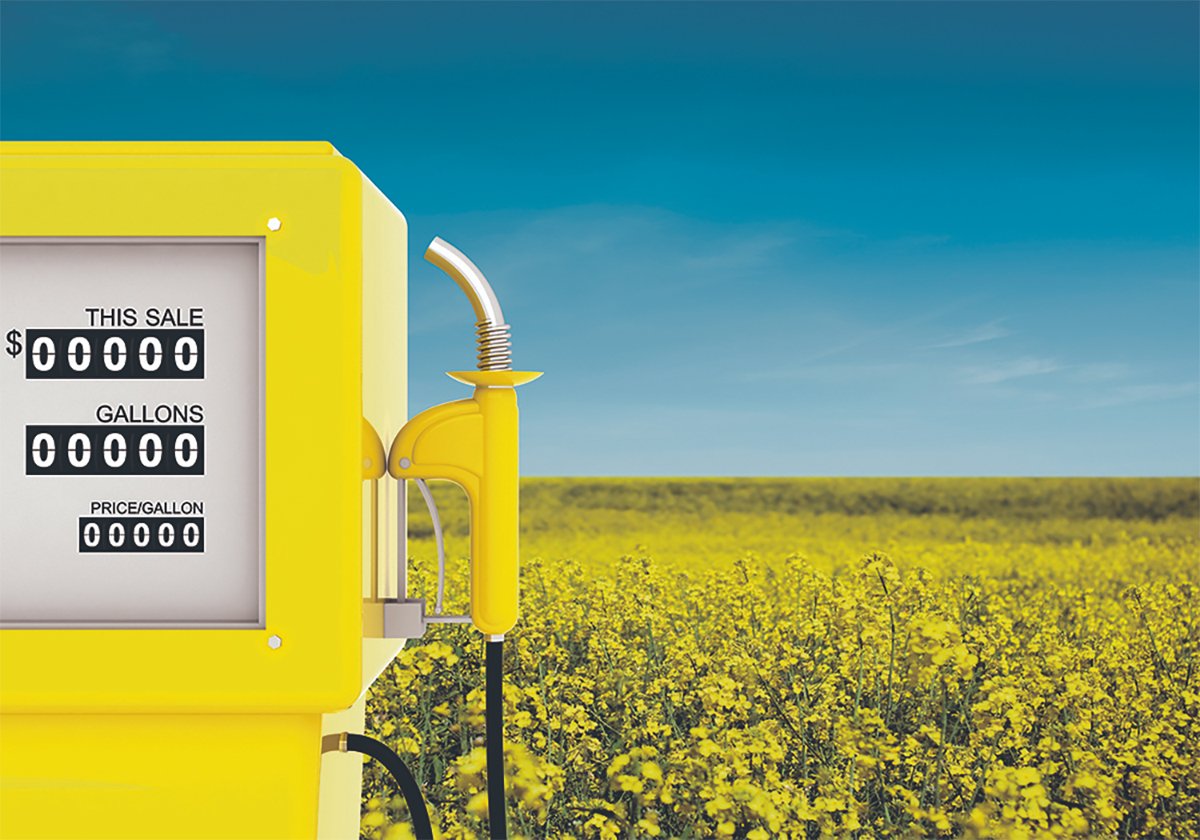A respected market analyst worries Canada is falling behind the rest of the world, but other industry observers disagree
Grain transportation officials take umbrage with recent public criticisms about Canada’s system.
Marlene Boersch, managing partner with Mercantile Consulting Venture, usually includes a diatribe on how Canada’s grain transportation system is falling behind its competitors in her annual CropSphere presentation.
This year was no exception.
Boersch had slides showing how Russia intends to increase grains and oilseeds turnover at its ports by 75 percent by 2024, at which time it will be shipping 78 million tonnes of Russian crops around the world.
Another slide revealed how Brazil’s terminal export capacity grew to 97.3 million tonnes in 2017 from 39.7 million tonnes in 2010.
Read Also

Biofuel sector happy with federal budget
Advanced Biofuels Canada says new Biofuel Production Incentive is a lifeline until CFR amendments are in place.
Canada’s port capacity is growing but at a much slower pace than Russia and Brazil, she noted.
Boersch said the G3 and Parrish & Heimbecker terminals set to open in 2020 and 2021 should result in better prices and basis levels for farmers at their local elevators.
But she questioned the ability to properly service those new terminals with existing transportation infrastructure.
“When are we going to plan for that and tie in some of the developments that we are seeing in the West Coast by ensuring we can actually service that adequately with rail facilities?” she said.
Doug Mills, senior account representative with the Port of Vancouver, has heard similar criticisms about Canada’s grain transportation and export infrastructure and wonders where it is coming from.
“The thought that we are falling behind in the world market is perplexing,” he said.
He noted that the existing terminals at the Port of Vancouver are not operating at full capacity and that’s before the new G3, P&H and Fibreco Export terminals open for business.
Mark Hemmes, president of Canada’s grain monitor, Quorum Corp., said Boersch is an astute observer of grain markets but he thinks she is off-base with her criticism of Canada’s grain transportation network.
He said the Port of Vancouver moved 23 million tonnes of grain last year, which is well below the port’s 30 million tonne capacity. The G3, P&H and Fibreco projects will soon add another 13.5 million tonnes of capacity.
All but one grain terminal in Vancouver has recently upgraded its ship-loading abilities and now have among the highest loading rates on the West Coast of North America.
“I think they’re doing a phenomenal job on the terminal side,” he said.
Hemmes said it is unfair to compare Canada’s terminal capacity growth rate with what is happening in the former Soviet Union because it is comparing apples to oranges.
“If you went back five or 10 years they had nothing,” he said.
“Like, they were bereft of any kind of port facility. Their rail network was in shambles. Their country elevator system was virtually non-existent.”
Mills said the Port of Vancouver’s grain export capacity is growing faster than any other port in North America.
He is equally nonplused by Boersch’s criticisms of the infrastructure feeding those terminals.
“We have one of the best railway systems in the world and we don’t celebrate that enough,” said Mills.
Inland, there has been continuous investment in new grain terminals, longer trains and better technology.
At the coast, the Port of Vancouver has invested more than $7.5 billion in the past several years on infrastructure designed to improve access to export facilities on both the water side and rail and road side. Another $9 billion has been targeted for future investments.
Hemmes said 17 new loop-track facilities have been built on the Prairies. Some contend there is too much inland capacity.
He believes the railways are doing an admirable job of getting product from those inland facilities to the port, considering the length of haul in Canada is two to three times that of most global competitors.
“I find it odd that she would say that we’re falling behind,” he said.
Boersch told growers that world trade in wheat has increased 60 percent over the last decade, while Canada’s exports of the commodity have remained stagnant.
“Other countries have been able to take that opportunity,” she said.
Mills and Hemmes said there is no doubt Canada is losing market share to exporters like Russia in markets such as China and the Mediterranean.
But that has everything to do with Russia’s proximity to those key markets and its low-priced wheat and nothing to do with Canada’s transportation infrastructure.
Hemmes said Canada’s grain transportation is hampered by factors such as distance to port, harsh weather and distance to export markets, which means Canada needs to have one of the best transportation systems in the world in order to compete.
And he thinks that is exactly what it has.
“I would put our system up against any in the world,” said Hemmes.
















